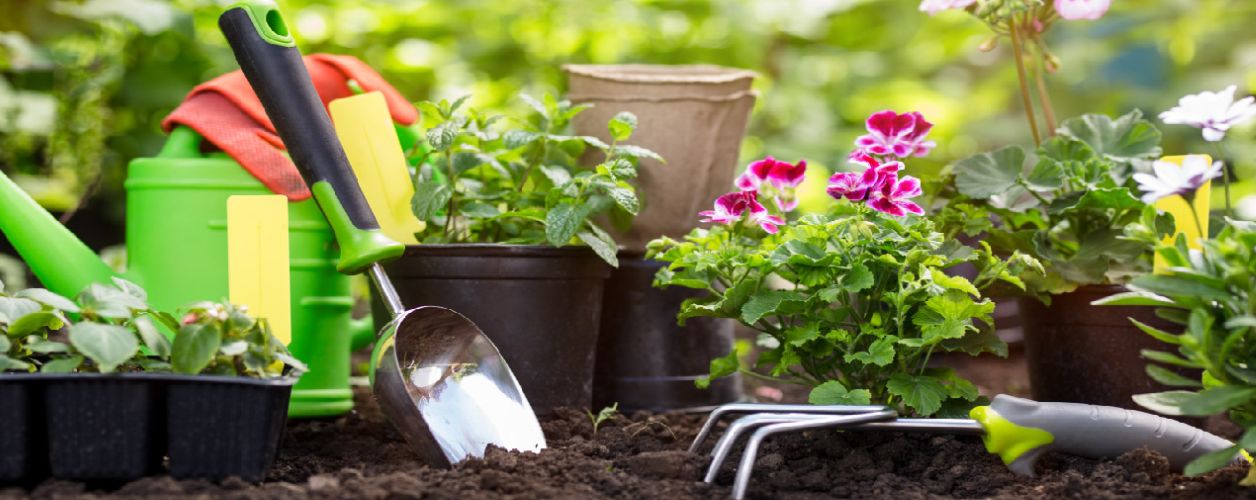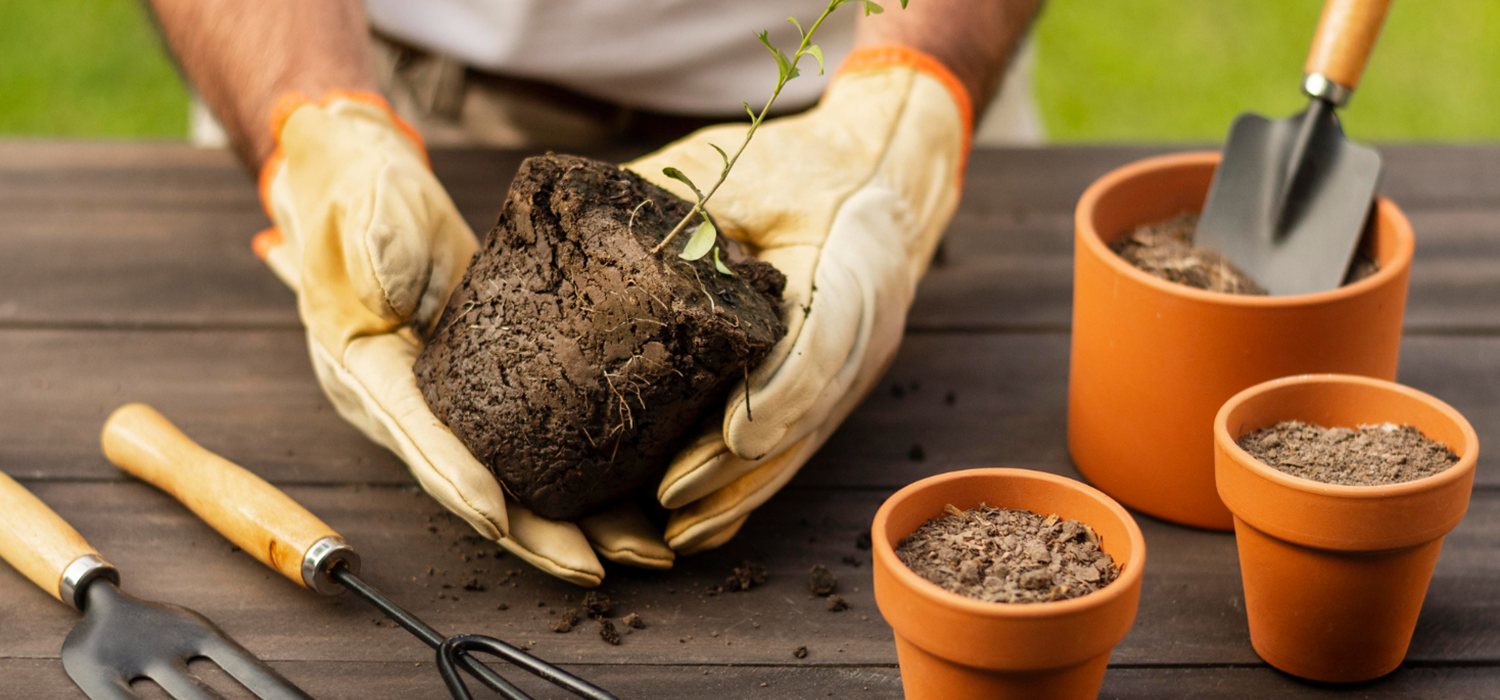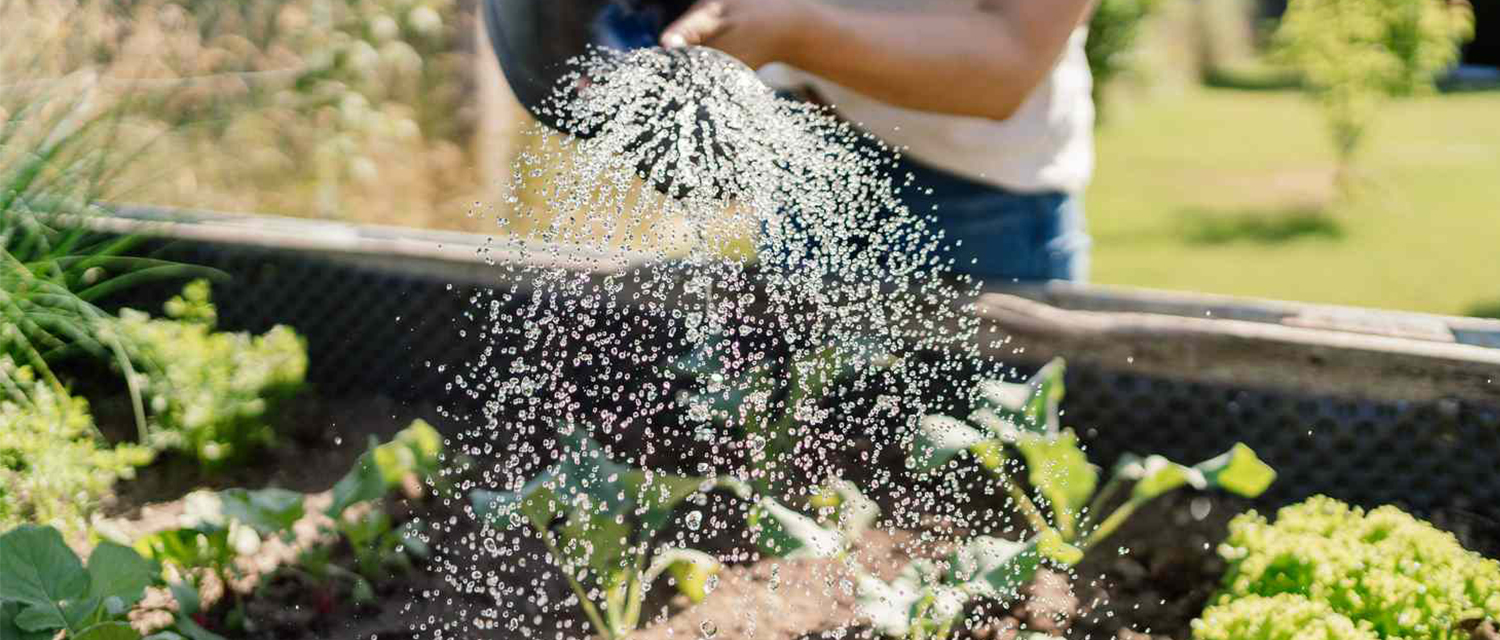Get free quotes within minutes
Spring Gardening Ideas: Fresh & Easy Tips for a Blooming Garden

Table Of Content
- Introduction
- How To Prepare Your Garden for Spring?
- Suitable Plants For Spring Gardening in Australia
- Essential Spring Tips For A Blooming Garden
- Creative Garden Design Ideas for Spring
- Sustainable Gardening Practices
- Conclusion
Spring Gardening Ideas: Fresh & Easy Tips for a Blooming Garden
Every year, spring arrives in Australia as a special time when both nature and people experience vivid blossoming flowers together with aromatic scents and new organic plant growth. Both beginner and expert gardeners should choose spring as the ideal time to restore their gardens following winter dormancy. Proper gardening recommendations and strategies enable you to build a beautiful garden which adds both visual appeal to your home environment and natural wild benefits and environmental sustainability.
How To Prepare Your Garden for Spring?
You must perform some preliminary tasks before planting because they guarantee garden readiness for growth. This list includes key instructions to follow:
Clean Up Your Garden
The cold winter season leaves gardens in disorder due to leaves piling up with waste materials along with unruly vegetation. Initiate a garden renovation by removing rotten vegetation then trim branches and pull out unwanted weeds to establish a clean foundation. The absence of weeds during your new plants' growth period will prevent diseases from spreading and create appropriate conditions for plant development. The practice of both raking and aerating the lawn will help deliver appropriate oxygen levels and nourishment.
Soil Preparation
Any flourishing garden depends on having strong and healthy soil. Check your soil’s pH to know what types of amendments will be needed. The majority of Australian gardens succeed with soil that maintains a pH level between 6.0-7.0 which indicates slight acidity to neutrality. Organic compost and well-rotted manure and mulch provide ideal solutions to improve soil health and maintain moisture together with essential nutrients. Aeration through garden fork usage enables compacted ground to absorb water better and support root development.
Add gypsum to clay soil if needed since it will adjust the structure while organic matter functions best for improving the moisture retention capabilities of sandy soil. You should utilize a premium-quality soil combination for raised garden bed structures to benefit plant health.
Mulching
Using mulch covers the soil to maintain moisture while also controlling weeds and temperature conditions. Natural mulching materials such as sugar cane and straw along with bark chips should be preferred because they convert into rich soil through decomposition. Large layers of mulch exceeding 5-7 centimeters protect both soil against erosion and help maintain root insulation by preventing harsh temperatures.

Suitable Plants For Spring Gardening in Australia
Spring conditions in Australia's multiple climate areas allow people to plant various suitable vegetation. Here are some excellent choices:
Flowers for a Vibrant Display
- Kangaroo Paw stands out as an Australian native plant because it displays red and yellow or orange tubular flowers that draw birds to its display.
- Lavender is not only beautiful but also great for attracting pollinators.
- Petunias and Marigolds function as excellent ornamental plants which create lively colors when planted in beds along with pots.
- Waratah stands out as the emblematic floral symbol of NSW while it produces its striking springtime blooms.
- Grevillea matures as a native plant that creates captivating blooms and simultaneously sustains native animals in your garden.
- Roses are timeless spring garden flowers which bring fragrance together with their sophisticated beauty.
Edible Plants for a Kitchen Garden
- Tomatoes & Capsicums: Perfect for warm-weather gardening.
- Lettuce & Spinach: Fast-growing leafy greens for fresh salads.
- Basil and Mint: Both together with Coriander thrive as garden or pot plants.
- Strawberries: They remain favoured among home gardeners who receive summer harvests of tasty fruits.
- Pumpkins and Zucchini: The gardens thrive with both pumpkins and zucchini because these plants produce abundant crops across the spring season.
- The Callistemon plant (Bottlebrush) maintains its attractiveness without much care and grows in most climatic conditions.
- Banksia stands out as an ideal choice for water-wise gardens because it demonstrates strength against drought and demanding situations.
- Lilly Pilly serves as an excellent choice for hedging purposes because it produces edible berries accompanied by glossy leaves on its branches.
- The native Wattle (Acacia) maintains itself easily while presenting beautiful golden flowers.
During spring gardeners should plant multiple types of vegetables together with various herbs because this season provides perfect growing conditions.
Native Plants for a Sustainable Garden
Essential Spring Tips For A Blooming Garden
Watering Wisely
Staying cautious with watering during spring becomes essential because rain predictions remain uncertain. Early morning or late afternoon hours prove to be the best time for watering without evaporative losses. A drip irrigation installation together with soaker hoses provides excellent water conservation benefits along with deep root hydration.
Fertilising for Growth
During seasonal dormancy plants require an additional nutritional supply for development. Select an organic fertiliser containing nitrogen together with phosphorus as well as potassium to enhance plant development. The best option as a natural fertilizer for your plants are liquid seaweed and fish emulsion products. To promote plenty of blooms on flowering plants growers should use potassium-rich fertilizer.
Pest & Disease Control
As temperatures rise during spring more pests including aphids as well as whiteflies and caterpillars appear. The following natural pest control techniques will be effective:
- The introduction of helpful insects consists of both ladybugs and lacewings.
- Plants should receive neem oil treatment through a concentrated mixture of solutions.
- Plants can discourage pests through applications of homemade garlic and chilli solutions prepared as sprays.
Food plants need constant examinations for disease indicators followed by quick removal of diseased leaves.
Encouraging Pollinators
The crucial component of pollination is provided by bees together with butterflies and birds. To attract them:
- The garden should include different types of flowers that produce nectar.
- Avoid using chemical pesticides.
- Addies and birdbaths should be included as water access points for garden visitors.
- Plant thyme along with oregano because they attract pollinators through their flowering habits.
Creative Garden Design Ideas for Spring
Vertical Gardens
Hanging decorations including trellises mixed with vertical gardens should be installed as space permits. Succulents and herbs as well as climbing vines prosper inside vertical planting systems. People who live in apartments and those with small urban residences should consider this garden plan.

Companion Planting
The co-planting of suitable species will boost growth performance and naturally repel garden pests. For example:
- Companion planting tomato plants with basil leads to excellent taste quality and serves as protection against flying insects.
- The garden value of marigolds protects vegetables from nematodes and aphids thus making these plants ideal neighbors for vegetables.
- Onion and carrot plants positioned together create an environment which protects their associated beneficial insects.
Raised Garden Beds
The elevated structure of raised beds stops water from pooling while decreasing hard soil damage and easing manual work activities. Transform discarded materials like wood or bricks and this waste into homemade elevated garden containers. The drainage conditions combined with soil management control from raised beds supports the cultivation of different plant species.
Sustainable Gardening Practices
Composting & Recycling
Initiate a compost service that recycles waste from your kitchen and your gardening areas. Putting compost into soil enhances both soil quality and decreases waste while promoting better plant vitality. The creation of worm farms provides an exceptional method to transform food waste into beneficial fertilizer for plants.
Rainwater Harvesting
The installation of a rainwater tank allows water collection which enables storage for irrigation purposes thus decreasing main water usage. Washing machines along with baths that use eco-friendly detergents can supply grey water to conserve resources.
Organic Gardening
Avoid synthetic fertilisers and pesticides. manipulate soil with organic substances rather than synthetic options to establish a toxic-free organic garden. Plant your crops in different successional patterns to protect against garden pests as well as taking advantage of beneficial plant combinations that strengthen soil quality.
Conclusion
Take pleasure in your flourishing garden once it reaches its peak state. Position a comfortable seating area with outdoor equipment while you string fairy lights between trees and make a space to find relaxation and friendship together with nature viewing. Occupying your spring season means various enjoyable activities both inside and outside your garden including hosting gatherings or enjoying food outdoors or enjoying coffee with fresh flowers around you.
The Australian spring season creates multiple opportunities enabling people to create spectacular colorful garden displays along with food-generating vegetable communities and environmental conservation activities. Following these fresh and easy guidelines will help you build an impressive outdoor area which brings vibrant life throughout the season and future seasons. Everyone who has either large outdoor areas or restricted balconies can find solutions to introduce spring beauty into their outside domain.













